The first time I visited Sanjay Gandhi National Park (SGNP) in Mumbai was during the monsoon of 2018. Light showers made it look as inviting as ever. It was quite an experience to be walking on trails which, in certain patches, were submerged in knee-deep water. Wading our way through it, we finally reached a stream, an actual freshwater stream without any chemical pollutants or rubbish in it, a concept that I believed was impossible for Mumbai. Dipping my feet and eventually dipping myself in the stream, watching birds perched on branches, and the sound of the flowing water washed me over with a sense of calm. All of this at a price of just around Rs 300, including the cost of travel, entry ticket, and a warm cup of tea outside the park.
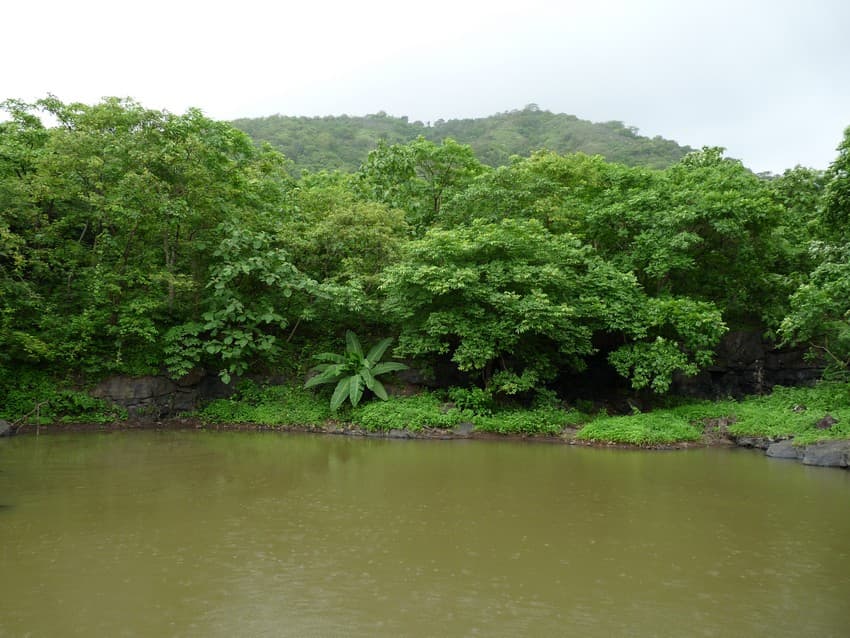
SGNP provides several ecosystem services to Mumbai, the financial capital of the country, emphasizing that ecology is the bedrock of economy. Photo: Rushikesh Chavan.
A substitute for this experience is hard to find. Maybe an adventure water park or a swimming pool may leave me with a similar feeling; however, these parks charge relatively higher, at least a thousand rupees, and would only substitute one aspect of my visit to SGNP. What about the bird sightings, the ambience, or even the serenity? Yet, simply looking at the difference in price between a visit to SGNP and one to an adventure park, should one conclude that the latter provides more value than the former? In that case, should we just have more adventure parks as they might generate more revenue and are also more valued? If not, then what is the price really and does it truly represent the value of something? All of these questions are extremely important, if we are to undertake conservation in this market-based economy. Let us see what this means.
Over the last decade, the focus of conservation has moved away from predominantly looking only at protecting nature for its intrinsic worth to a view which is largely utilitarian, often linking it to human well-being. Its inclusion in the Sustainable Development Goals is indicative of the global acceptance conservation has received. The impact of human activities on the environment and vice versa is, however, not a recent phenomenon. From Plato’s writings in 400 bce to the iconic Chipko movement which began in the 1970s, each has traces of this relationship. Our dependence on natural resources and ecological systems is best communicated through the concept of ecosystem services.
Ecosystems are intricate systems, within which exist complex networks and communities of organisms that interact with each other and with their physical surroundings. These interactions have several by- products, which benefit humans directly or indirectly.
For example, wetlands, which are one of earth’s most productive ecosystems, provide myriad services owing to their hydrological and chemical cycles. The extensive food chains of wetlands not only support vast biodiversity, but also provide flood control and water purification services. The services that ecosystems provide are broadly classified into 1. regulatory services that affect climate, water quality, and floods; 2. cultural services such as recreation, spiritual, and aesthetic benefits; 3. supporting services that include photosynthesis, soil formation, and nutrient cycling, and finally 4. provisioning services, such as products directly obtained from the ecosystem. Of particular interest is the last category. Deriving provisioning services from an ecosystem such as fish, timber or firewood, over and above their regenerative capacities, hinders the supply of other services that rely on the stock of such resources. That is, the more we provision from an ecosystem, the less we receive from other services.

Forest degradation has been attributed to many causes, one of them being overharvesting of firewood for energy needs. Photo: Rushikesh Chavan.
This raises an important question – how much of the ecosystem do we leave intact for generation of services such as water purification and prevention of soil erosion, and how much of the ecosystem do we convert into goods. This is where economics comes into play. Economics is the study of management of scarce resources and understanding the best way to allocate them across several uses. Economics does this by comparing the value of a resource across different competing uses for it. In a market economy, the value of a resource is represented by its price. Assuming that people who wish to buy the resource want to buy it at the lowest possible price, and the sellers of the resource wish to sell at the highest possible price, these buyers and sellers interact in the market and this interaction resulting from self-interest leads them to settle on a price which is optimal for both. This seems a convenient way to trade goods and services, and to determine their prices.

Communities that live around ecosystems often depend on
them for livelihood. Photo: Rushikesh Chavan.
Under the current economic setting, there exists a price tag on the provisioning services that are derived from an ecosystem. Only some aspects of ecological processes and components that are traded in the market, such as wood and other forest produce, are priced, while non- tradable services such as cultural or regulating services are not. Very often, wetland resources and ecosystem services generated from them are undervalued or completely unvalued, owing to their complex and multifunctional nature. Tangible outputs generated from wetlands, such as fishery, have an economic value attached to them; however, non-tangibles such as the functions they carry out or even the aesthetic benefit accrued to humans such as by birdwatching or simply by the existence of wetlands, goes completely unseen. This results in overharvesting of tangible services, which impacts the flow of intangible services. In order to ensure that conservation efforts and corresponding policies take into account this trade-off, valuation of ecosystem services has come to the fore as a new discipline. The idea behind it is simple: ecosystem services valuation will bring to people’s notice the value of nature, thereby providing incentives to invest in its conservation.
There is an overt trend to undervalue and, in some cases, completely disregard the value of ecosystems. Especially in the face of growing population pressures and the corresponding increase in consumption, ecosystems such as wetlands are threatened. In the case of wetlands, given the lack of any value assigned, there always exist various interests that would benefit from conversion of wetlands – may it be replacing them with roads or bridges, or converting them into agricultural land. One important way of protecting wetlands is to prove that society will gain more from protecting them than by giving them up for different purposes. Thus, given that the market for ecosystem services is missing, incomplete, or invisible, valuation as one of the guiding principles to decision making becomes a necessity.
Even though the pricing mechanism is handy and agreeable, it does not easily apply to ecosystem services. One of the major issues lies in the fact that ecosystem services are usually subject to open access. This means that these resources do not really belong to anyone, and aren’t anyone’s property. Since nobody owns these resources, no one can be excluded from using them. The essential players of a market – the buyers and the sellers – become null and void. These resources are valuable, but they have no economic value as they are essentially subject to free access.
Secondly, most ecosystem services are externalities, i.e., byproducts of ecosystem functions – and are not priced in the market. For example, my entry fee for SGNP did not account for the benefits that I received from the visit. Moreover, those who enter the park are not the only ones that benefit from it. The services that SGNP provides, from air purification to provision of water to locals, is accrued to people beyond the forests to those that do not pay the entry fee. It is also important to note that most of these ecosystem services and products form inputs for a lot of economic goods and services; however, the costs of using these inputs are not included in the final product price.
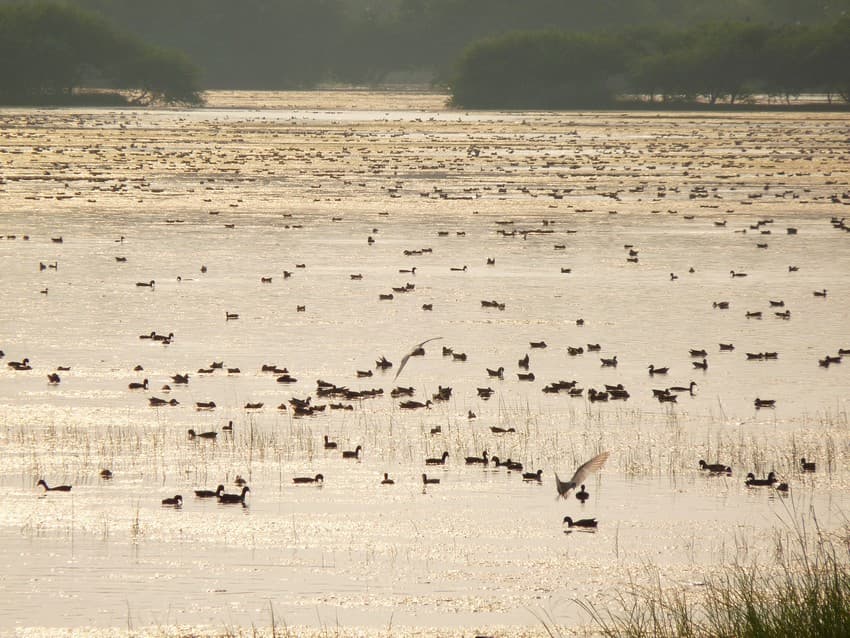
Nature has, over millennia, inspired art and culture; monetary valuations of such benefits are difficult to fully estimate. Photo: Rushikesh Chavan.
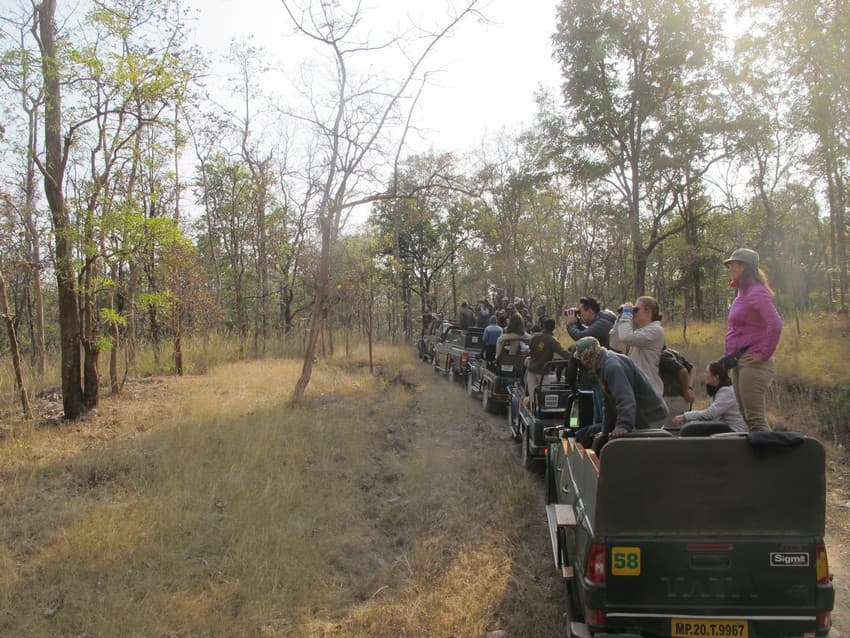
Revenue from tourism is commonly used in ecosystem valuations, as it represents willingness to pay for ecosystem benefits. Photo: Rushikesh Chavan.
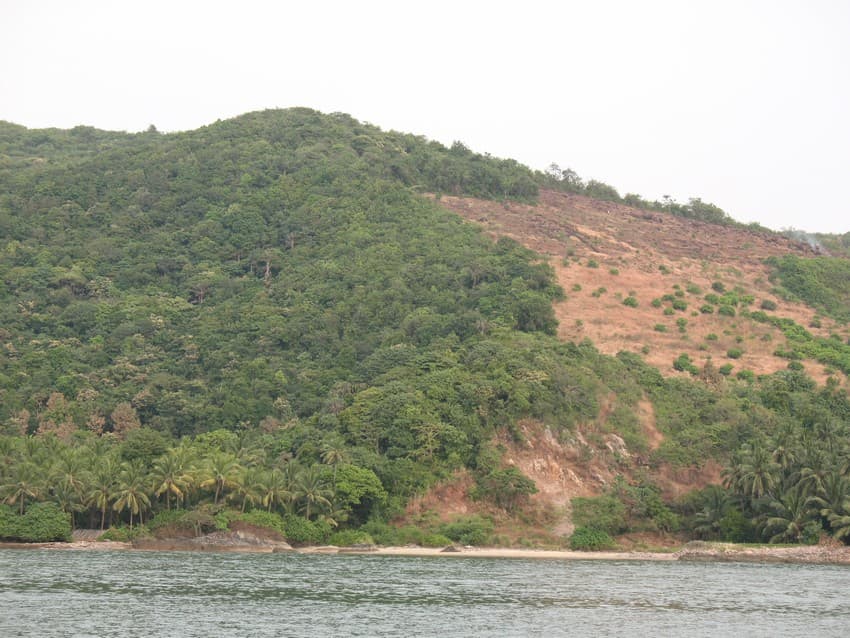
When policies do not account for the monetary value of ecosystems, there are very few incentives to protect them, resulting in overharvesting. Photo: Rushikesh Chavan.
Ecosystem services are no less a factor of production than land, labour, and capital, and constitute an important part of production processes. When this happens, the benefits that society receives from ecosystem services and the costs that will follow from their depletion or degradation are not imputed, resulting in unfounded policy decisions that lead to misallocation of resources. Further, since ecosystem services are not priced, or their prices do not accurately represent their scarcity, this generates incentives to overharvest and overuse.
An important wetland valuation carried out was that of the mangrove wetlands of Bintuni Bay, Irian Jaya, Indonesia in 1991. Though mangroves in Indonesia are constantly under threat of over-exploitation for charcoal, fishing, and other resources, Bintuni Bay is especially endangered because of the demand from the woodchip export industry, overharvesting of which will pose a danger not only to the mangrove ecosystem, but also its ability to support commercial as well as local fisheries. The capturable biodiversity benefit was imputed to be US$ 1,500 per sq. km per year if the mangrove system is kept intact, with total household income (from both marketed and non-marketed sources) estimated to be US$ 4,500 per household per year, and the total revenue generated from commercial fishing to be around US$ 35 million per year (as per 1991 prices). This study looked not only at the production benefits from the wetlands, but also studied the linkages between erosion leading from exploitation and biodiversity. It was estimated that the benefit to agricultural production from erosion control provided by the Bintuni was US$ 950 per household. These figures denote the flow of revenue that the ecosystem would generate, should the ecosystem itself and the linkages be maintained.
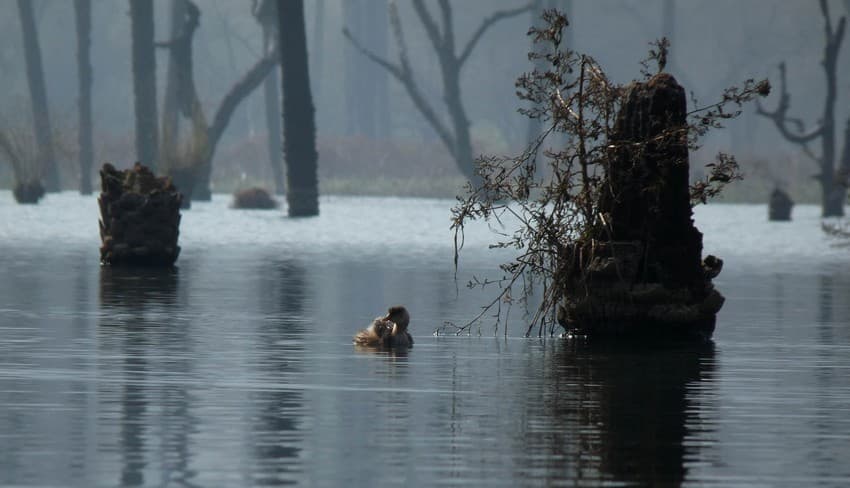
Despite water being the most crucial requirement for survival, undervaluation leads to its mismanagement. Photo: Rushikesh Chavan.
Relying solely on valuations comes with its own costs, a prominent reason for this being the definition of ecosystem services itself. An ecosystem function is classified as an ecosystem service only if it provides benefits to humans. Though this definition helps in emphasizing the cost to humans if these ecosystems are not protected, it also implies that the only factor that warrants their protection is their use to humans. This purely anthropocentric valuation often overshadows the intrinsic value of the ecosystem and the scientific basis for its conservation. Further, implicit in the price tag for ecosystem services is the platform for negotiations and exchange, thereby justifying that escalating human needs form a legitimate rationale for overharvesting.
An important question one must also raise is that what if the function, and the consequent service of a particular ecosystem, or even of some species, is not known? If we do not know or understand the contribution of each element, how do we price it? Does then the absence of price imply absence of value? Literature on valuations cites a simple example of the ozone layer. The value of the UV-B protection that the ozone layer provides is overwhelmingly significant in terms of the costs that would have to be put in for medical treatment and the agricultural losses that would accrue in the absence of this service. However, there was no value attached to the ozone layer before this protective function was discovered. There was no demand for something that people did not know existed, and thus, no market for it, making it impossible to price, consequently leading to it have no ‘value’.
Valuation needs to be seen as the means to an end, and not an end in itself. It definitely should not be used, incorporated, or interpreted purely in isolation. As estimates of economic valuations are subject to the current state of a society’s preferences, aspirations, income and consumption patterns, technological capabilities, expectations regarding the future, and more importantly, the methodology used for valuations, changes in any one of these aspects will change the valuation estimates. Therefore, valuations should only be used as a tool to highlight the complexities of socio-economic and ecological interrelationships, and how human decisions can impact the ecosystem and vice versa.

Lesser species such as Arctic fox are also affected by habitat shrinking. Photo: Rushikesh Chavan.
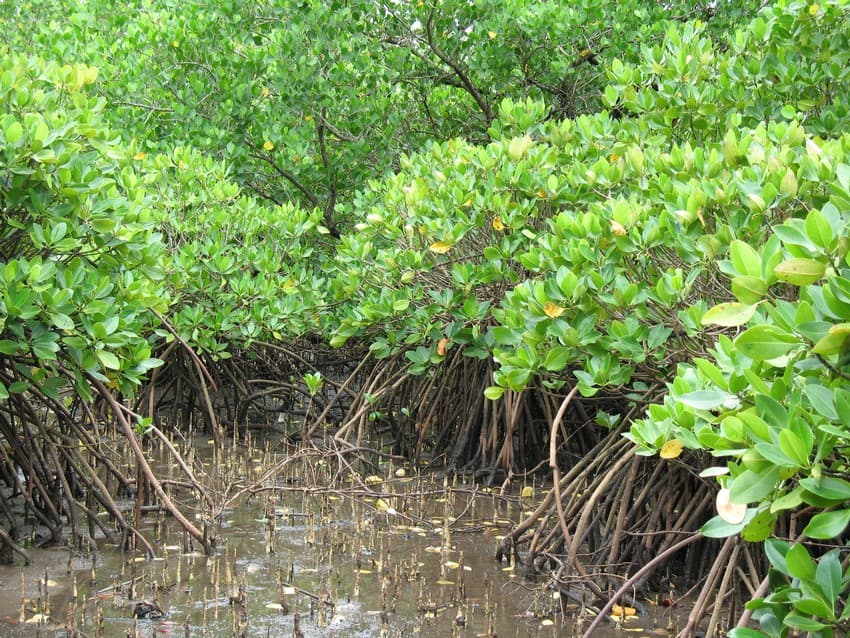
Despite the extensive role that mangroves are known to play in flood control, the entire Bandra Kurla Complex in Mumbai has been built on mangrove habitat. Photo: Rushikesh Chavan.
With a growing body of evidence suggesting that the 21st century will witness grave and drastic problems, from loss of biodiversity to water scarcity, it has never been more imperative to include robust and timely estimates of the value and benefits of ecosystem services in policy decisions. To bring about a change in decision making, it is necessary to instil the values of natural capital into institutions, such as land use policies or subsidies. These institutions have to be formed in a manner that they can help guide decisions of individuals, communities, and of society as a whole. These decisions can further encourage optimal allocation of the natural capital across varied uses. Despite all the technicalities that underlie valuations, one must understand that it is not an elixir to cure all conservation problems. It is simply a language that integrates ecology and varied social sciences that are often viewed to be conflicting, and helps communicate to society the importance of ecosystems and the interactions within. It is now up to us to ensure that this language is not misunderstood or misconstrued.
This article was first published in the BNHS’ Hornbill magazine, October-December 2019 issue.
——————————————————————————————————————————————————————
About the Author: Pooja Patki works in the Conservation Behaviour Department at the Wildlife Conservation Trust, Mumbai
——————————————————————————————————————————————————————
Disclaimer: The author is associated with Wildlife Conservation Trust. The views and opinions expressed in the article are her own and do not necessarily reflect the views and opinions of Wildlife Conservation Trust.
Related Links
- Livelihood
- Why Won’t We Acknowledge the Mammoth in the Room
- A Thousand Voices from the Field
- More Power to the Lesser Known
- In Mumbai, Leopards are Citizens Too
